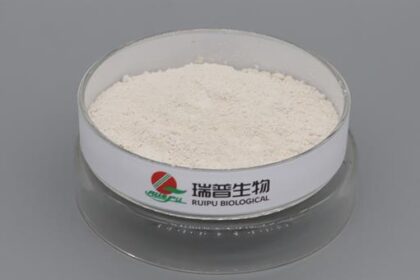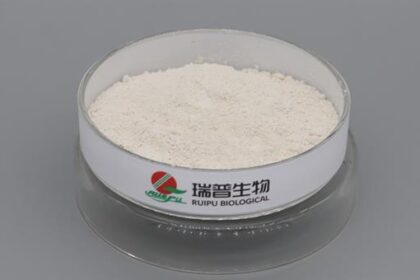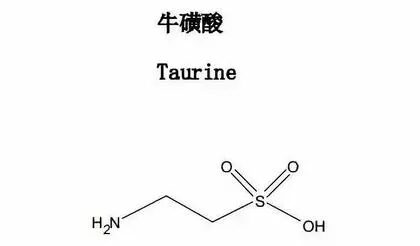
Ferrous gluconate, a commonly used oral iron supplement, is mainly employed for preventing and treating iron-deficiency anemia. Its pharmacokinetic studies focus on the characteristics and influencing factors of absorption, distribution, metabolism, and excretion processes. Recent research progress can be summarized in the following aspects:
I. Mechanisms and Influencing Factors of Absorption
The absorption of ferrous gluconate primarily occurs in the duodenum and upper jejunum, relying on iron transporters (such as DMT1, divalent metal transporter 1) on the surface of intestinal mucosal cells, with absorption in the form of Fe²⁺ (ferrous ions). Compared with other iron supplements (e.g., ferrous sulfate), ferrous gluconate has better water solubility and weaker gastrointestinal irritation, which is closely related to its absorption characteristics.
Recent studies have further clarified the regulatory mechanisms of absorption: the body's iron storage status affects absorption efficiency through the "hepcidin" system. When iron stores are sufficient, hepcidin levels increase, inhibiting iron transporters (such as ferroportin) on the basolateral side of intestinal mucosal cells and reducing iron absorption; in iron-deficient states, hepcidin levels decrease, enhancing absorption. In addition, the impact of dietary factors has been refined: for example, vitamin C can promote the conversion of Fe³⁺ to Fe²⁺ through reduction, improving absorption efficiency; while phytate, tannic acid, etc., significantly inhibit absorption by chelating Fe²⁺ to form insoluble complexes.
II. Dynamic Characteristics of Distribution and Utilization
After absorption into intestinal mucosal cells, part of the Fe²⁺ binds to intracellular ferritin for storage, and the other part is transported to the bloodstream through ferroportin on the basolateral side, then delivered to tissues throughout the body via plasma transferrin. Studies have found that after ferrous gluconate enters the blood, the distribution rate of its iron ions is closely related to the body's needs: in anemic states, the uptake of iron by hematopoietic tissues such as bone marrow is preferentially enhanced, while iron deposition in storage organs such as the liver and spleen is relatively delayed.
Recent studies on special populations (e.g., pregnant women, patients with chronic kidney disease) have shown differences in iron distribution: due to increased blood volume and fetal demand, pregnant women have significantly higher iron utilization efficiency than ordinary adults, and the plasma clearance rate of ferrous gluconate is accelerated; in contrast, patients with chronic kidney disease may experience "functional iron deficiency" due to abnormally elevated hepcidin caused by inflammatory states, which blocks iron transport from storage organs to hematopoietic tissues. Even with ferrous gluconate supplementation, improvements in hemoglobin synthesis may be delayed.
III. Metabolic and Excretory Pathways
The metabolism of ferrous gluconate mainly involves the biotransformation of iron ions: iron entering cells participates in the synthesis of hemoglobin and myoglobin, or combines with enzymes (such as cytochrome oxidase) to exert physiological functions. Excess iron is stored in the liver, spleen, and bone marrow in the form of ferritin or hemosiderin. Its metabolic process has no obvious hepatic "first-pass effect," which is directly related to the absorption mechanism of non-heme iron.
In terms of excretion, iron metabolism has a "closed-loop" characteristic: the daily excretion through feces (unabsorbed portion), urine, and skin exfoliation is minimal (approximately 1mg), with unabsorbed iron mainly cleared through the shedding of intestinal mucosal cells. Recent studies have found that in cases of excessive supplementation, ferrous gluconate may increase excretion through active intestinal excretion mechanisms, but the molecular mechanism of this process requires further clarification.
IV. Impact of Dosage Forms and Administration Regimens on Pharmacokinetics
The absorption of traditional oral preparations (e.g., tablets, capsules) is significantly affected by gastric emptying rate. The development of sustained-release preparations reduces local irritation to the intestines caused by high-concentration iron by delaying drug release, while prolonging absorption time to achieve more stable blood drug concentrations. For example, sustained-release microsphere preparations allow Fe²⁺ to be slowly released in the upper intestine, avoiding absorption saturation caused by the rapid release of ordinary preparations and improving bioavailability.
In addition, optimization of combined administration regimens has become a research hotspot: co-administration with vitamin C can increase the absorption efficiency of ferrous gluconate by 20%-30%, while avoiding simultaneous administration with antacids or tetracycline antibiotics (with an interval of 2-4 hours) can reduce interference with absorption.
V. Pharmacokinetic Differences in Special Populations
The pharmacokinetic characteristics of children and the elderly differ from those of adults: children have stronger intestinal absorption function but lower body weight, requiring dose adjustment based on weight to avoid excess; the elderly may have reduced absorption efficiency due to impaired gastrointestinal function and often have chronic diseases (e.g., diabetes, cardiovascular diseases) that may affect iron distribution and utilization, requiring monitoring of serum ferritin levels to adjust administration regimens.
Furthermore, in patients after gastrectomy, due to reduced gastric acid secretion, the conversion of Fe³⁺ to Fe²⁺ is inhibited, and the absorption of ferrous gluconate may be significantly reduced. In such cases, consideration should be given to increasing the dose or switching to more easily absorbed iron supplements (e.g., ferrous fumarate).
Pharmacokinetic studies on ferrous gluconate have expanded from basic absorption mechanisms to special populations, dosage form optimization, and combined medication, providing an important basis for rational clinical drug use, especially in improving bioavailability and reducing adverse reactions. Future research needs to further explore the regulatory mechanisms of molecules such as hepcidin on its absorption, as well as the potential of new formulations (e.g., nano-drug delivery systems) in improving pharmacokinetic performance.








